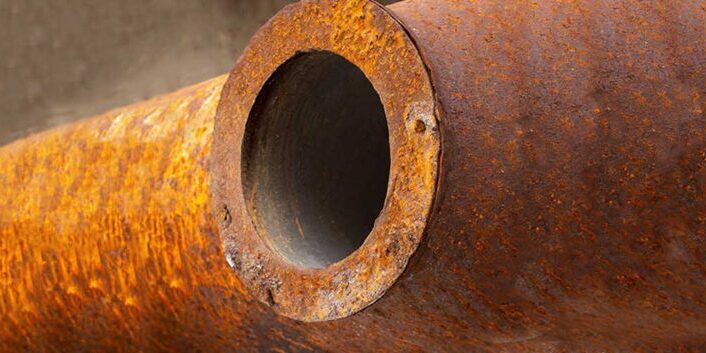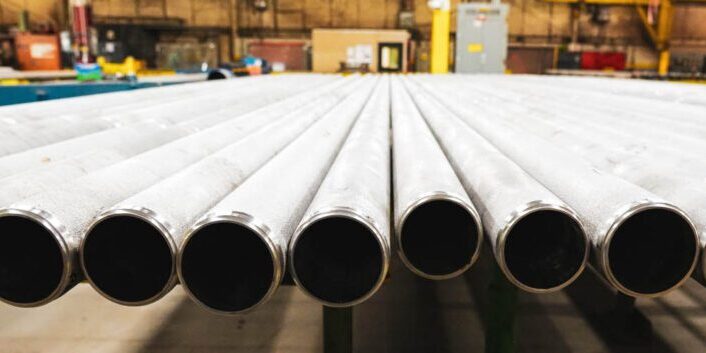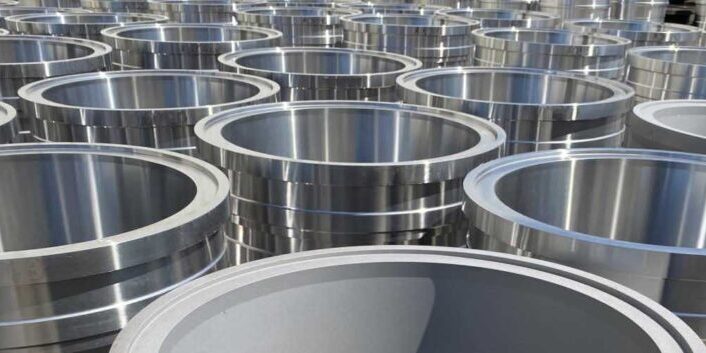Blog Material Applications: Alternative Corrosion Resistant Materials
By: Dave Olsen
Coatings of various types are often used to enhance corrosion resistance in metals when metallic properties like strength or durability are needed for the application. There are, of course, also non-metallic solutions often used to protect against corrosion. As with most alternative corrosion materials, there are advantages and disadvantages associated with each.
Ceramics
Ceramics are typically not susceptible to corrosion and represent an area of ongoing investigation and development. Ceramics are oxides of silica, aluminum, magnesium and other metallic elements that are highly resistant to heat and corrosion. For example, brick and refractory are used to contain molten metal and molten glass because they retain their shape and mechanical properties at temperatures above the melting point of iron, nickel, and nonferrous metals. In addition, many ceramics have been successfully applied as industrial coatings where they impart a high level of resistance to high temperature corrosion, especially oxidation and carburization. Major limitations to more universal usage are related to the material’s brittleness, low ductility, poor resistance to impact, and poor thermal fatigue characteristics.
Plastics and elastomers
Petroleum or hydrocarbon-based materials include plastics and elastomers. The primary advantage of plastics is that they are commonly available at low cost. However, they do not have the strength of metals, and deform or melt at low temperatures. Still, they are often considered for use in resisting corrosion from acids, non-lubricated wear, and other applications where resistance to atmosphere or chemical attack is coupled with low stress and lower temperature levels.
Composites
Composites are materials comprised of two or more discrete components, which act together synergistically, for example graphite in golf club shafts. Metal composites generally include an intermetallic (that is, a compound of a metal and carbon, etc.) and derive their use from the combination of the two properties. As an example, the use of titanium carbides in aluminum bronze to impart a highly wear resistant surface while maintaining the strength and corrosion resistance of the bronze base alloy. Like many other materials, there are reasons beyond corrosion resistance why a material may be selected. Composites, for example, provide significant weight savings compared to a metallic equivalent, and can be quite durable.
Glasses
Glasses are highly corrosion resistant, but like other materials selected for this purpose, it is important to understand the corrosive environment and substances that are likely to attack. There are a few chemicals that create a difficult environment for glass; those include phosphoric acid and hydrofluoric acid. Some alkalis attack the silica in the glass; in other cases, acids will attack the alkalis. Still, there is good reason why glass is used as a container for a very broad range of liquids. But it does have its limitations. Glass is heavy, expensive and brittle. Glass melts at about 2700°F / 1500°C depending on the type.



